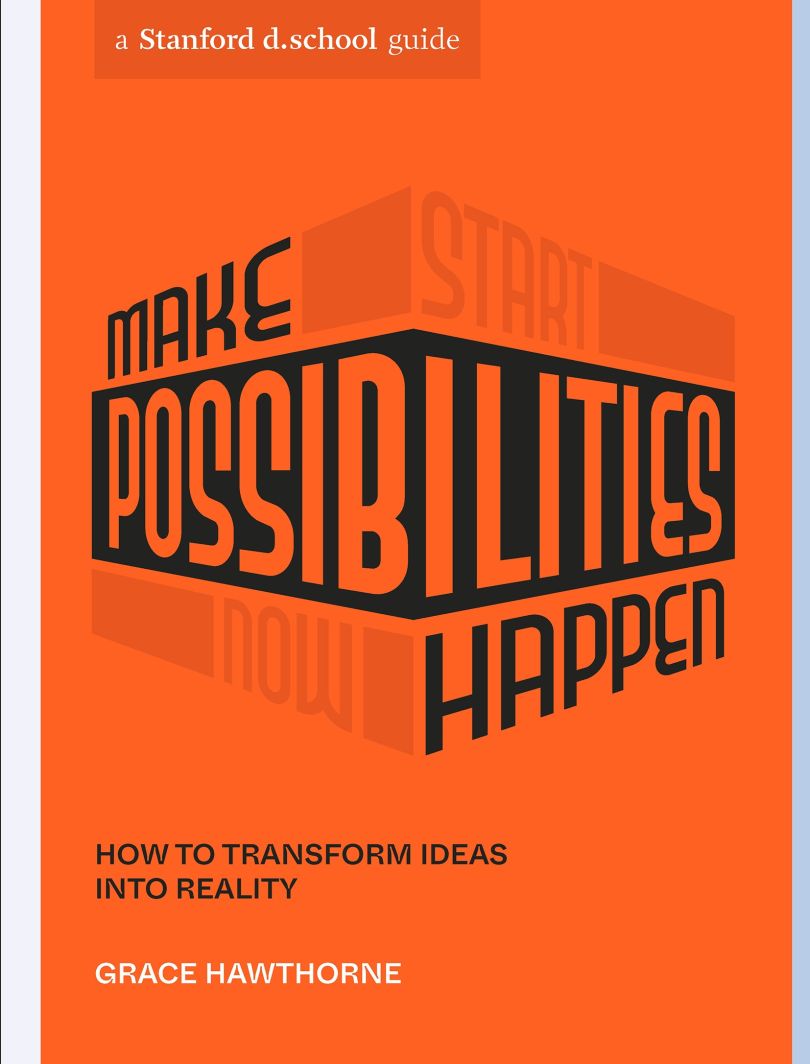Execution isn’t doing just a few things; it’s doing some very specific things, usually in a specific order and even in a particular way. Consider when you climb a ladder to get on top of your roof: Do you go rung by rung or do you skip rungs as you occasionally do on stairs? What happens if you skip rungs on a ladder when you descend? Is the stability of the ladder the same if you were to go one by one versus skipping a rung?
What other factors do you think impact the climb up or down — sequence, speed, hand placement, foot order, confidence, grip strength? Which part of your foot rests on the rung? When you really break it down, the nuances of climbing up or down a ladder are more complex than you might care to think about.
The crux of the ladder principle is that there are no shortcuts. Imagine a ladder with only a bottom and top rung. How useful would it be for getting onto a roof? Each rung is analogous to the progression of your potential project. Do one thing to completion and you will feel good about it. Repeat it and it becomes a habit, a good habit. You will be up your ladder before you know it!
4 tips for effective project management
- Avoid errors by delegating tasks.
- Put your all into every step of the project.
- Learn how to make decisions without getting overwhelmed.
- Make micromaps for your projects.
Learn to Pass the Ball
Being an entrepreneur inevitably gives rise to feeling the need to clone yourself. There is always too much to do and not enough resources. A common trap is the feeling of “I can do it better/faster so I will just do it myself.” The problem comes when you multiply that decision by a thousand. Suddenly the time you supposedly saved is gone, and you are buried, stressed and even more behind. Even though letting others take over some items in your domain is challenging, there is more growth ahead when we let go and allow others to take responsibility.
 I remember my college lacrosse coach reminding the team that a passed ball can travel faster than any one of us could run while carrying the ball. To advance the ball toward the goal more quickly, we needed to pass the ball more frequently.
I remember my college lacrosse coach reminding the team that a passed ball can travel faster than any one of us could run while carrying the ball. To advance the ball toward the goal more quickly, we needed to pass the ball more frequently.
As a serial entrepreneur, this is a lesson I keep learning. The first and last time I registered a trademark myself was not a good experience. We were trying to conserve resources and were on budget. I took on the task and successfully filed our mark, or so I thought. Moving ahead, we printed our branded demos and marketing materials with our logo and started taking meetings with the Sony Corps of the world.
To our surprise, about six months later an article in the New York Times mentioned our trademarked name, but the article wasn’t about us. Turns out a legacy music label had gone to press and market with our registered name without doing a trademark search. My lack of legal expertise had left a loophole in our filing and put our ownership of the mark in jeopardy. We lost the mark, to our great expense. My lesson learned: Know when to pass the ball.
Stay Engaged Through the Process
An unattributable adage that I remind my kids of regularly is: “How you do anything is how you do everything.” This means being mindful during all tasks, whether mundane or engaging. To me, this is fundamentally about not wasting your life, about getting into the habit of doing your best.
Like making your bed, it takes the same amount of time to do a crappy job as it does to do an excellent job. Why spend the same time and have a messy bed? There are no shortcuts, and sequence matters. You have to put on the fitted sheet before you place the pillows. It takes what it takes. And not only that, the quality of your project relates to the amount of effort and emotion you put into it. So, love the doing, love the process.
Be Decisive
For a product designer, bringing a product to market represents the multitude of decisions that bring the object to fruition. And even if you’re not designing something as complex as a rocket to Mars, some claim that the average adult makes thousands of decisions per day to a tune of about 36 decisions every waking minute, assuming you get eight hours of sleep.
Every detail is a decision and, in summation, the details make the product, project, event, outcome — even your life. Get adept at making decisions, and you won’t get bogged down by the multitude of choices. Make the best decision with the information at hand in the moment and move on.
Micromap Your Path
Use micromapping to quickly frame up the elements, steps and sequence to make something happen. Think of this as a living to-do list that helps you to consider your approach, effort and strategy to help achieve the desired outcome. By illuminating these elements on paper, you can quickly spot holes, new opportunities and alternative ways of reaching your goals.
If possible, do this with analog or digital sticky notes. This will allow you to move elements around and expand areas that require more steps. Carefully consider their sequence to create a plan of action. When you collect new info while you are executing a step, you may need to edit, add or adjust what comes next. Expand and contract as needed. Consult this micromap periodically to keep from wandering.
- On a sheet of paper, write out your possibility or goal as the headline. Below it you will be making a list.
- First, write a must-have element to achieve that goal. Below that, write down two or three items you must do to achieve your goal. Repeat until you have several core must- haves.
- Goal: print-on-demand side hustle.
- Must-have elements: digital storefront, designs, print provider.
- Must-do for storefront: register platform, buy URL, design interface.
- Now working horizontally, alongside the first element, note two or three must-do things to put that element in place. Do this for your remaining elements. The resulting map contains the action components you are aware of right now that could bring you closer to climbing the ladder and realizing your vision.
Micromapping is a great way to chart a path, to spot potential hang-ups in advance, and to find solutions to those hang- ups. Ideally, organize a running list of to-dos under one larger task, such as building a digital storefront, moving the things you’ve accomplished to the end of the running list and keeping the next priority at the top. Seeing everything you’ve done to get to where you are will boost both your confidence and energy, because you’ll marvel at all that you’ve already accomplished. I like to use a master cloud-based spreadsheet to track multiple projects this way on a weekly basis.
Reprinted with permission from Make Possibilities Happen: How to Transform Ideas into Reality by Grace Hawthorne and Stanford d.school, published by Ten Speed Press, an imprint of Penguin Random House. Text copyright © 2023 by The Board of Trustees of the Leland Stanford Junior University.





